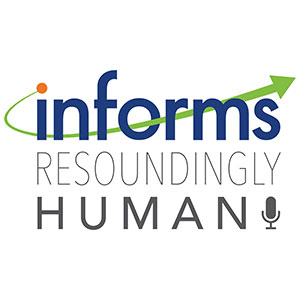
Sluggish Vaccine Campaign Raises Specter Of U.S. Dysfunction
U.S. health officials acknowledged that a Covid-19 immunization campaign is crawling out of the starting gate, raising the prospect that the nation’s all-in bet on vaccines could be afflicted by the same dysfunction that hobbled other measures to contain the pandemic. Only about 3.05 million Americans had been vaccinated as of late Wednesday evening in New York, according to Bloomberg’s vaccine tracker. With one day remaining in the year, that represented roughly 15% of the U.S.’s stated goal of immunizing 20 million Americans by the end of 2020 -- a number already repeatedly reduced.















